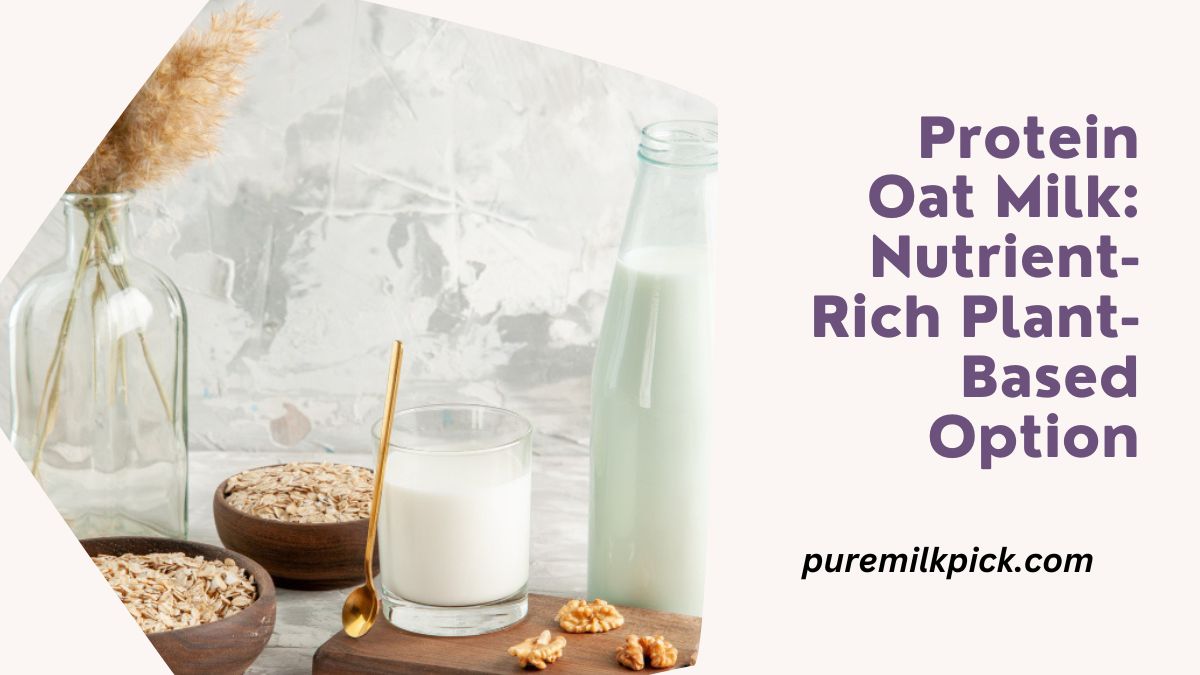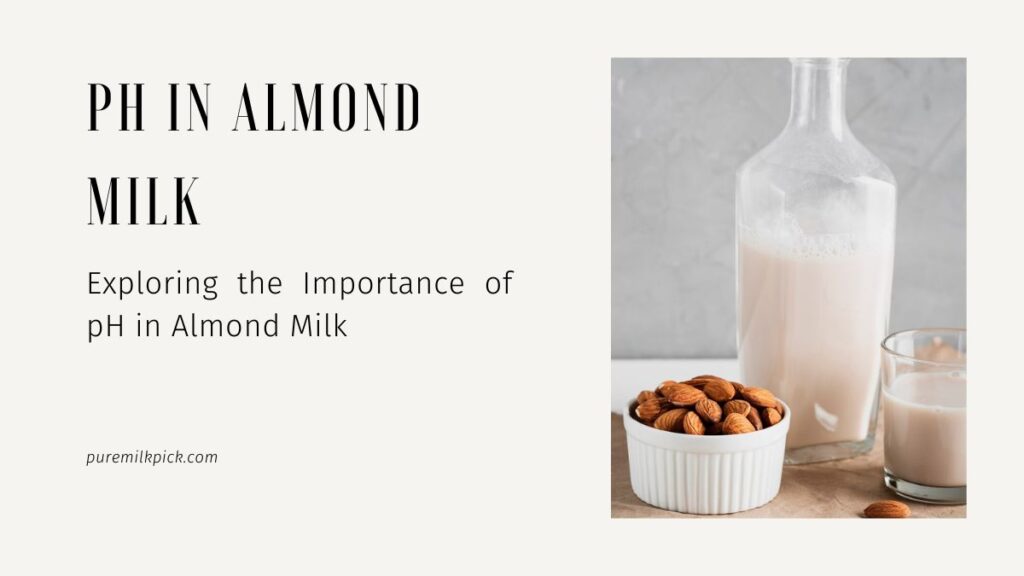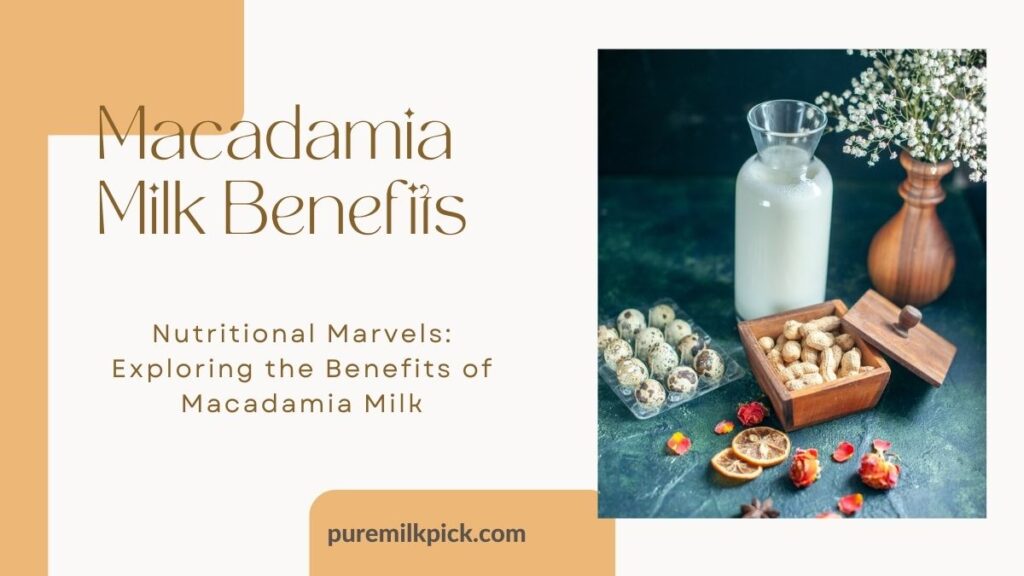Protein oat milk has seen a significant surge in popularity in recent years. As a plant-based milk alternative, it has managed to carve out a significant niche for itself in a market that is becoming increasingly health-conscious and environmentally aware. This dairy-free, high-protein beverage has become a favorite among fitness enthusiasts and vegans alike, serving as a testament to its wide appeal.
One of the key factors driving the popularity of protein-enriched oat milk is its impressive nutrient profile. This plant-based milk is not only high in protein but also rich in fiber and low in saturated fats, making it a heart-healthy choice. Additionally, its mild and creamy texture makes it a versatile ingredient in various culinary applications, from smoothies and shakes to baking and cooking. This wide range of uses, coupled with its health benefits, has contributed to its growing appeal among consumers.
How Is Protein Oat Milk Made?
The process of making protein oat milk
Protein oat milk is typically made by blending oats with water and then straining the mixture to get a smooth, creamy liquid. Protein powder, typically plant-based, is then added to the oat milk to increase its protein content. Some manufacturers may also add additional ingredients like vitamins, minerals, or sweeteners to enhance its nutritional profile and taste.
Sustainability aspect of protein oat milk production
The production of protein oat milk is also lauded for its lower environmental impact compared to dairy milk. Oats require less water and land to grow than almonds or cows, making oat milk a more sustainable choice for environmentally conscious consumers.
How to Use Protein Oat Milk?
Cooking with protein oat milk
Thanks to its creamy texture and mild flavor, protein oat milk can replace dairy milk in almost any recipe. It works well in both sweet and savory dishes and can be used in smoothies, shakes, oatmeal, baked goods, sauces, and soups.
Drinking protein oat milk
Of course, you can also drink protein-enriched oat milk straight from the glass, or use it to make a high-protein coffee or tea latte. It’s a great way to boost your protein intake, especially if you’re following a plant-based diet.
The Nutritional Benefits
Protein oat milk stands out in the crowded landscape of plant-based alternatives due to its impressive nutritional profile.
Discussing the Protein Content in Protein Oat Milk
Protein oat milk is typically enriched with additional plant-based protein, elevating it beyond regular oat milk. This enhancement provides a significant boost to your daily protein intake, which is particularly beneficial to those following a vegan or vegetarian diet.
Comparing Protein Oat Milk to Regular Oat Milk and Other Plant-Based Milk Alternatives
Compared to regular oat milk and other plant-based milk alternatives, protein oat milk packs a more substantial protein punch. Moreover, it retains the creamy consistency and mild flavor of regular oat milk, making it a versatile addition to your culinary repertoire.
The Role of Protein in a Balanced Diet and Its Impact on Health
Protein plays an essential role in a balanced diet, supporting muscle growth, cell repair, and immune function, among other critical biological processes. Therefore, incorporating a high-protein plant-based milk like protein oat milk into your diet can contribute to maintaining overall health and wellness.
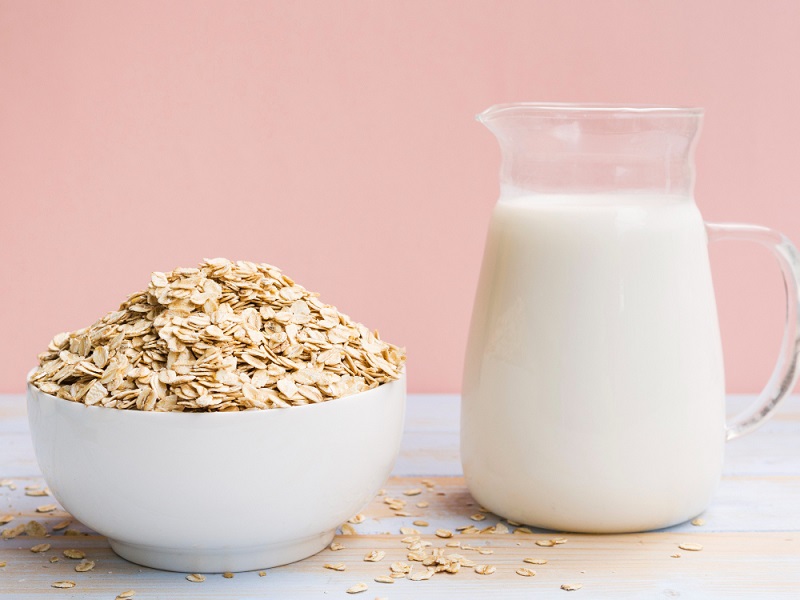
Protein Oat Milk vs. Other Plant-Based Milk
Comparing protein oat milk to almond, soy, and other milk alternatives
When comparing protein oat milk with almond, soy, and other milk alternatives, it’s crucial to consider both nutritional content and taste. Almond milk is low in calories and sugars but also lacks substantial protein content. Soy milk, on the other hand, offers a higher protein content similar to protein oat milk but may have a distinct taste that’s not everyone’s cup of tea.
Differences in taste, texture, and suitability for various dietary preferences
Each plant-based milk presents unique taste and texture profiles, catering to diverse dietary preferences. Protein oat milk has a creamy texture closer to dairy milk and a mild, slightly sweet flavor, making it a crowd-pleaser. Almond milk is typically lighter with a subtle nutty flavor, while soy milk has a thicker consistency and a stronger, arguably beany taste.
Which milk is best for what purpose?
The decision here primarily rests on individual preferences and nutritional needs. If you’re seeking high protein content and don’t mind a unique flavor, soy milk or protein oat milk could be your best bet. If you’re after fewer calories and a light, refreshing drink, almond milk may be more up your alley. However, for versatility in culinary applications, the creaminess of protein oat milk shines through, making it suitable for everything from cereals to creamy sauces.
Protein Oat Milk for Athletes and Fitness Enthusiasts
The role of protein oat milk in fitness and muscle recovery
Protein oat milk is not just a dairy alternative for those sensitive to lactose or maintaining a vegan diet. It holds its ground as an advantageous option for athletes and fitness enthusiasts too. Rich in protein and carbs, it provides a perfect blend for muscle recovery post-strenuous workout sessions. Furthermore, the presence of dietary fibers in oat milk aids in slow digestion and a steady release of energy, keeping the athletes fueled for longer periods.
Incorporating Protein Oat Milk Into Pre and Post Workout Nutrition
Protein oat milk can be conveniently incorporated into your fitness regimen as a part of your pre-workout or post-workout nutrition. A pre-workout smoothie made with protein oat milk, bananas, and a dash of honey can provide a wholesome supply of energy, readying your body for the rigors of a workout. Post-workout, a glass of protein oat milk with your choice of protein powder can help replenish exhausted muscles, aiding in faster recovery.
Success Stories and Testimonials from Athletes
Several athletes have turned to protein oat milk as a part of their dietary routine and vouch for its benefits. Maria, a professional marathon runner, says, “Switching to protein oat milk has significantly improved my muscle recovery time, and the sustained energy release keeps me going for longer.” Similarly, John, a fitness trainer, praises its versatility, “Not only is it a great post-workout drink, but its creaminess also makes it perfect for my protein pancakes and overnight oats!”

Using Protein Oat Milk in Your Diet
Protein oat milk has a creamy, slightly sweet taste making it a versatile ingredient in the kitchen.
Delicious recipes and culinary ideas incorporating protein oat milk
From breakfasts to desserts, protein oat milk can be used in many culinary applications. Its rich consistency makes it a perfect addition to creamy soups and sauces. For breakfast, blend it into your smoothies or use it as the base for oatmeal. It can also be used as a dairy substitute in baking recipes such as pancakes, muffins, and cakes.
How to make smoothies, coffee, desserts, and savory dishes with this milk
In smoothies, you can combine protein oat milk with fruits, nuts, and seeds for a nutritious meal on the go. For a rich and creamy coffee, replace regular milk with protein oat milk for a vegan latte. In desserts, protein oat milk can be used in puddings, custards, or even homemade ice cream. For savory dishes, use it to make a creamy pasta sauce or add it to mashed potatoes for extra creaminess.
Nutritional tips and meal plans
When incorporating protein oat milk into your diet, it’s essential to consider its nutritional content. While it’s a good source of protein and fiber, it’s also higher in calories than other plant-based milks, so portion control is key. In meal planning, consider pairing it with foods that are low in calories but high in volume to keep your meals balanced. For example, a breakfast smoothie with protein oat milk, spinach, and berries can be a satisfying, nutrient-dense start to the day.
DIY Protein Oat Milk
Making your protein oat milk at home is a simple, cost-effective way to enjoy this nutritious beverage. All that is required is a high-speed blender, a fine strainer or nut milk bag, oats, water, and your choice of protein powder.
Homemade Protein Oat Milk Recipes
Blend a cup of oats with four cups of water and a scoop of your preferred protein powder. Strain the mixture to remove any solids, and your protein oat milk is ready to enjoy. You can refrigerate it for up to five days.
Ingredient Combinations and Variations
There are countless ways to customize your protein oat milk. You could add vanilla extract for a touch of sweetness, or cinnamon for a warming spice. For a chocolatey twist, add a spoonful of cocoa powder. If you prefer a more savory note, a pinch of sea salt can elevate the flavor.
Cost-effectiveness and Customization Advantages
Making protein oat milk at home not only saves money but also allows you to control exactly what goes into your beverage. You can choose the types and amounts of protein powder and other add-ins, ensuring your homemade protein oat milk is tailored to your dietary needs and taste preferences.
Allergen-Friendly and Dietary Considerations
Protein oat milk is an excellent alternative for individuals with dietary restrictions or allergies. It’s a naturally lactose-free, nut-free, and soy-free option, making it a suitable choice for those who are lactose intolerant, allergic to nuts, or prefer to avoid soy products.
Exploring protein oat milk as an alternative for those with dietary restrictions
If you have dietary restrictions, protein oat milk can serve as an ideal alternative to other milk types. Its primary ingredients, oats, and water, are generally safe and non-allergenic. Moreover, by producing it at home, you can ensure it’s free from any potential allergens or substances you may be sensitive to.
Lactose-free, nut-free, and soy-free options
Protein oat milk is naturally lactose-free, making it perfect for those who are lactose intolerant. Unlike almond milk or cashew milk, oat milk is also nut-free, thereby posing no risk to people with nut allergies. Similarly, it doesn’t contain soy, a common allergen, making it a safe choice for those avoiding soy products.
Pros and cons for different dietary needs
The advantages of protein oat milk are plentiful, particularly for those with specific dietary needs. It’s allergen-friendly, versatile, and easily customizable. However, it’s important to note that while oat milk is generally well-tolerated, it may not suit everyone. Some people may find its taste or texture unappealing, or they may prefer milk with a higher protein content. As always, it’s crucial to consider individual dietary needs and preferences when choosing a milk alternative.
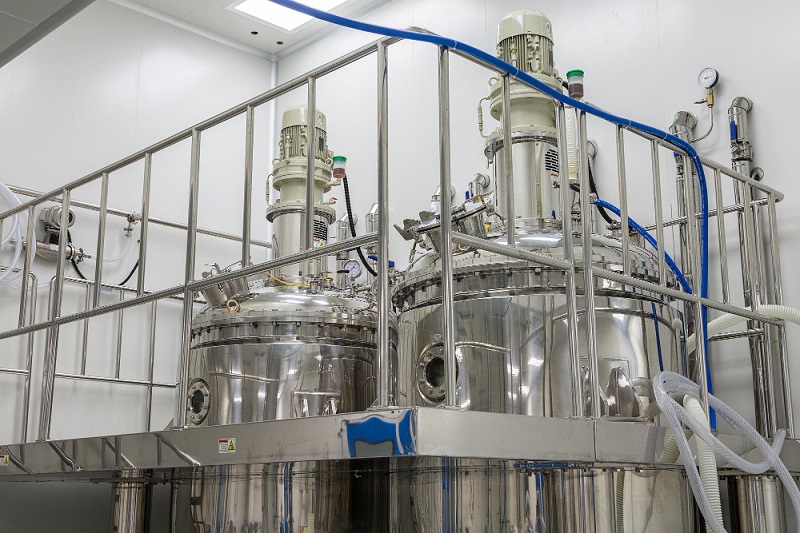
Sustainable and Ethical Aspects
Discussion on sustainable oat milk production
Oat milk production is often heralded as a more sustainable alternative compared to dairy or other types of non-dairy milk. Oats require significantly less water to cultivate than almonds or cows, and they emit less greenhouse gas during their lifecycle. However, sustainability can also depend on other factors such as farming practices and the processing, packaging, and transportation of the final product.
Ethical considerations for conscious consumers
Ethical consumption goes beyond just environmental impact. It also involves considerations about fair trade practices, animal welfare, and workers’ rights. While oat milk production doesn’t involve direct animal harm, consumers may want to research individual brands to ensure they engage in fair and equitable practices throughout their supply chain.
Brands and products committed to environmental responsibility
Numerous oat milk brands emphasize sustainability and ethical practices. For instance, Oatly, a popular oat milk brand, has been transparent about its sustainability goals and carbon footprint. Similarly, Happy Planet emphasizes local sourcing and aims for carbon neutrality. It’s worth noting that while these brands are taking steps in the right direction, it’s always important for consumers to do their research when intending to support sustainable and ethical businesses.
Conclusion
In conclusion, protein oat milk presents a compelling combination of nutritional benefits, environmental sustainability, and ethical considerations. It offers a rich source of protein and essential nutrients, while its production leaves a smaller environmental footprint compared to traditional dairy or other non-dairy alternatives. From an ethical standpoint, oat milk mitigates direct animal harm and, with the right choice of brand, supports fair trade and workers’ rights.
With all these advantages, we encourage readers to explore protein oat milk as a potent addition to their diet. As with any dietary change, it’s essential to start gradually and monitor your body’s response. Remember to scrutinize different brands for their sustainability efforts and ethical practices to align with your values. In the end, choosing protein oat milk can be a step towards a healthier body and a healthier planet.
Frequently Asked Questions
Oat milk typically contains less protein than cow’s milk or soy milk, but more than most other plant-based milk options. However, protein oat milk is fortified with additional protein to boost its nutritional profile, making it a competitive choice for those seeking a protein-rich non-dairy alternative.
Yes, oat milk is naturally dairy-free and, thus, entirely suitable for individuals who are lactose intolerant. It is also a popular choice for vegans and those looking to reduce their dairy consumption.
When assessing the sustainability and ethics of an oat milk brand, look for labels and certifications indicating organic farming practices, fair trade policies, and other eco-friendly initiatives. Some brands are also transparent about their production process, supply chain, and work conditions for their employees, which can further inform your decision.
